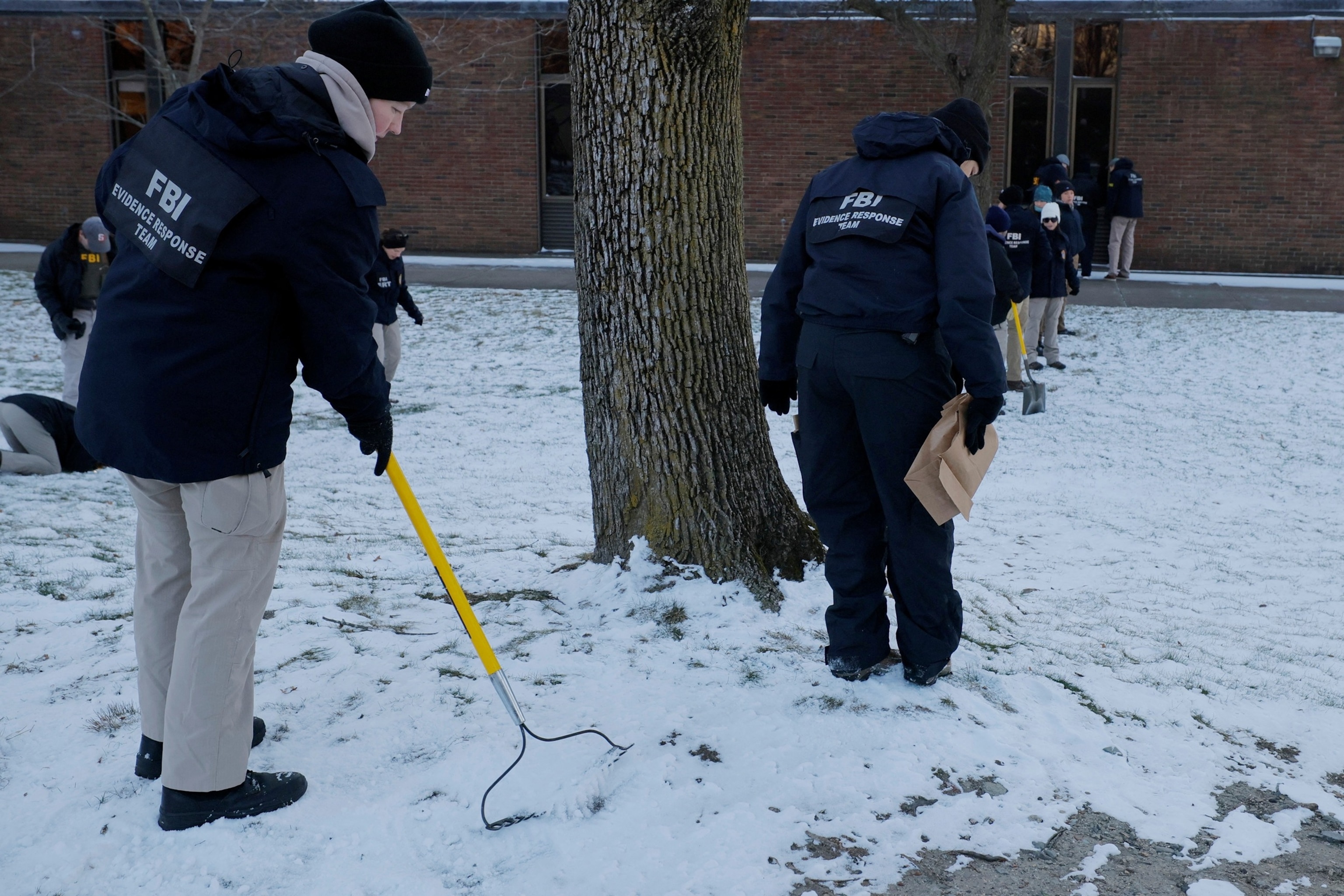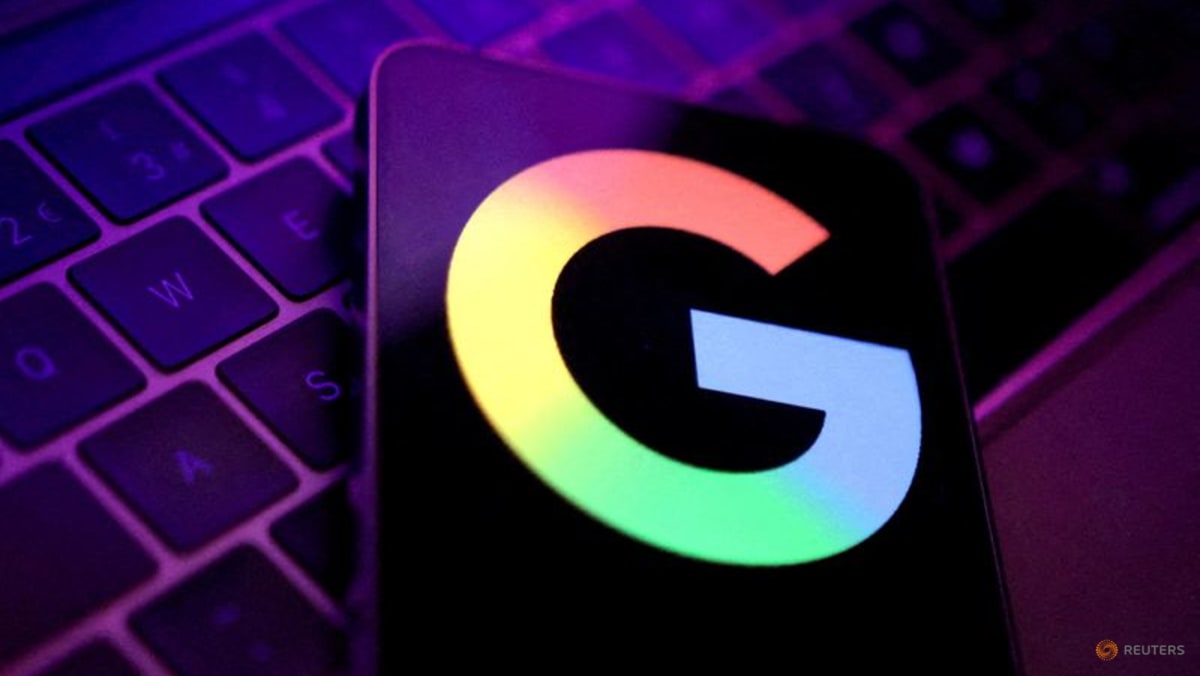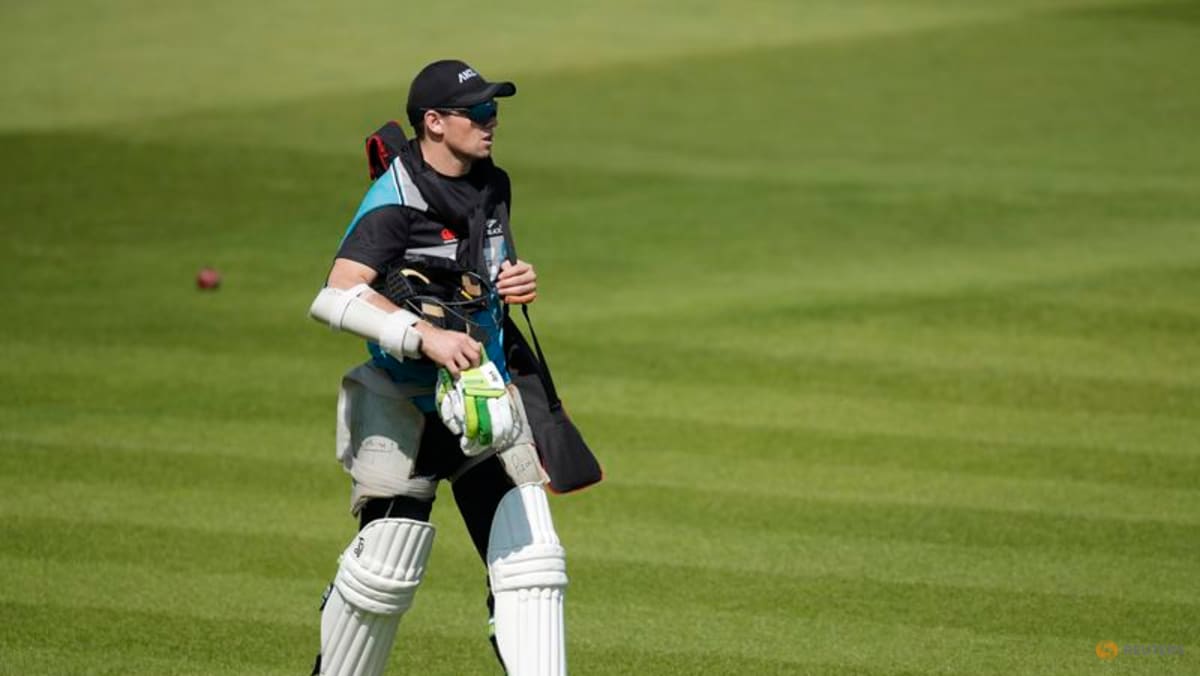Commentary: Almost half of moon missions fail – why space is still a big risk

But perhaps it’s better to step back from the details of individual missions and look at averages, to see the overall picture more clearly.
Rocket launches and space launches are not very common in the scheme of things. There are around 1.5 billion cars in the world, and perhaps 40,000 aeroplanes. By contrast, there have been fewer than 20,000 space launches in all of history.
Plenty of things still go wrong with cars, and problems occur even in the better-regulated world of planes, from loose rivets to computers overriding pilot inputs. And we have more than a century of experience with these vehicles, in every country on the planet.
So perhaps it’s unrealistic to expect spaceflight – whether it’s the launch stage of rockets, or the even rarer stage of trying to land on an alien world – to have ironed out all its problems.
We are still very much in the early, pioneering days of space exploration.
MONUMENTAL CHALLENGES REMAIN
If humanity is ever to create a fully fledged space-faring civilisation, we must overcome monumental challenges.
To make long-duration, long-distance space travel possible, there are a huge number of problems to be solved. Some of them seem within the realm of the possible, such as better radiation shielding, self-sustaining ecosystems, autonomous robots, extracting air and water from raw resources, and zero-gravity manufacturing. Others are still speculative hopes, such as faster-than-light travel, instantaneous communication and artificial gravity.
Progress will be little by little, small step by slightly larger step. Engineers and space enthusiasts will keep putting their brainpower, time and energy into space missions, and they will gradually become more reliable.
And maybe one day we’ll see a time when going for a ride in your spacecraft is as safe as getting in your car.
Gail Iles is a Senior Lecturer in Physics, RMIT University. This commentary first appeared on The Conversation.
Source: CNA















